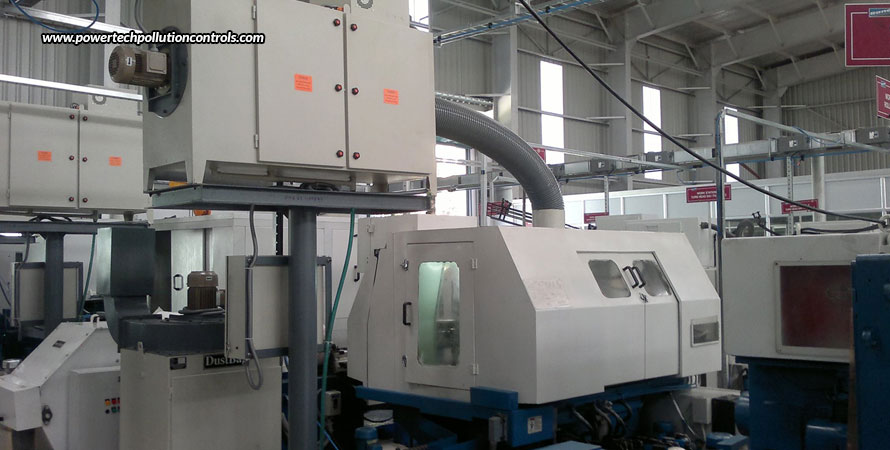
How Do Oil Mist Collectors Work?
Oil mist, which is a fine aerosol of oil particles suspended in the air, is frequently produced by industrial activities. These oil mists can seriously endanger both equipment and workers’ health and safety. If not handled properly, they may also contribute to environmental degradation. The oil mist collector is an essential tool used to filter and eliminate oil mist from the air, improving worker safety and productivity. The blog below will go through the functions and advantages of these oil mist collectors.
Understanding oil mist generation
Various industrial processes, including metalworking procedures like machining, grinding, and cutting, frequently result in the production of oil mist. High-speed tools produce tiny oil droplets that are carried into the air when they come into contact with lubricants or coolants made of oil. Depending on the application and process conditions, these oil droplets can range in size from sub-micron to larger particles. Oil mist collectors are essential to eliminate all such mist, and to maintain a clean and safe working environment. These tools are made to collect and eliminate airborne oil mist particles, preventing their spread throughout the office. The collectors guarantee a healthier working environment for employees and a more effective and productive workspace by removing oil mist at its source.
Working principles of oil mist collectors
Oil mist collectors use a variety of techniques to gather and sort oil vapour from the air, but the three most common types are mechanical mist collectors, electrostatic precipitators, and centrifugal mist collectors.
- Mechanical mist collectors make use of filters to capture oil mist particles. A multi-stage filtering system is most frequently employed, wherein the first is a pre-filter that removes large particles, typically followed by a coalescing filter that joins smaller oil droplets into larger ones, finally followed by a HEPA filter to capture even smaller particles and release clean air back into the environment.
- Electrostatic precipitators use an electric charge to capture oil mist particles. The particles acquire charge as the air containing the oil mist travels through the collector. The charged particles then cling to electrodes or plates with opposing charges, thereby isolating them from the air flow. The cleaned air is released when the collected oil has been drained or periodically eliminated.
- Centrifugal collectors use centrifugal force to separate oil mist particles from the air. The heavier oil droplets separate and fall into a collection chamber as a result of the air being forced to revolve in a spiral pattern. Large oil mist particles and high air volumes are applications that centrifugal collectors are well suited for. The Mistkiller from Powertech Pollution Controls is an effective and efficient oil mist collector that works on this principle of centrifugal force to collect liquid pollutants and mist at high speed, thus maintaining a healthy environment.
Every kind of oil mist collector has its unique benefits and drawbacks. The type of oil mist produced, the concentration of oil particles in the air, the amount of air to be treated, and the particular industrial application all play a role in determining which collector is best. To ensure a safe and healthy work environment, extend the life of equipment, and adhere to environmental standards, it is essential to choose and maintain oil mist collectors properly.


